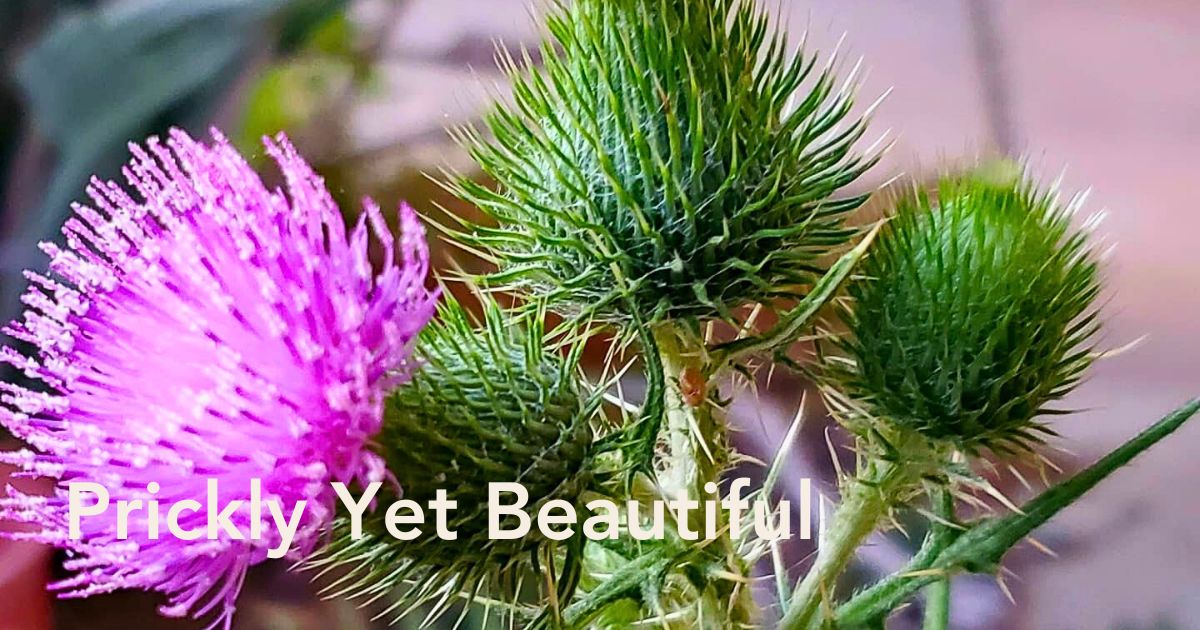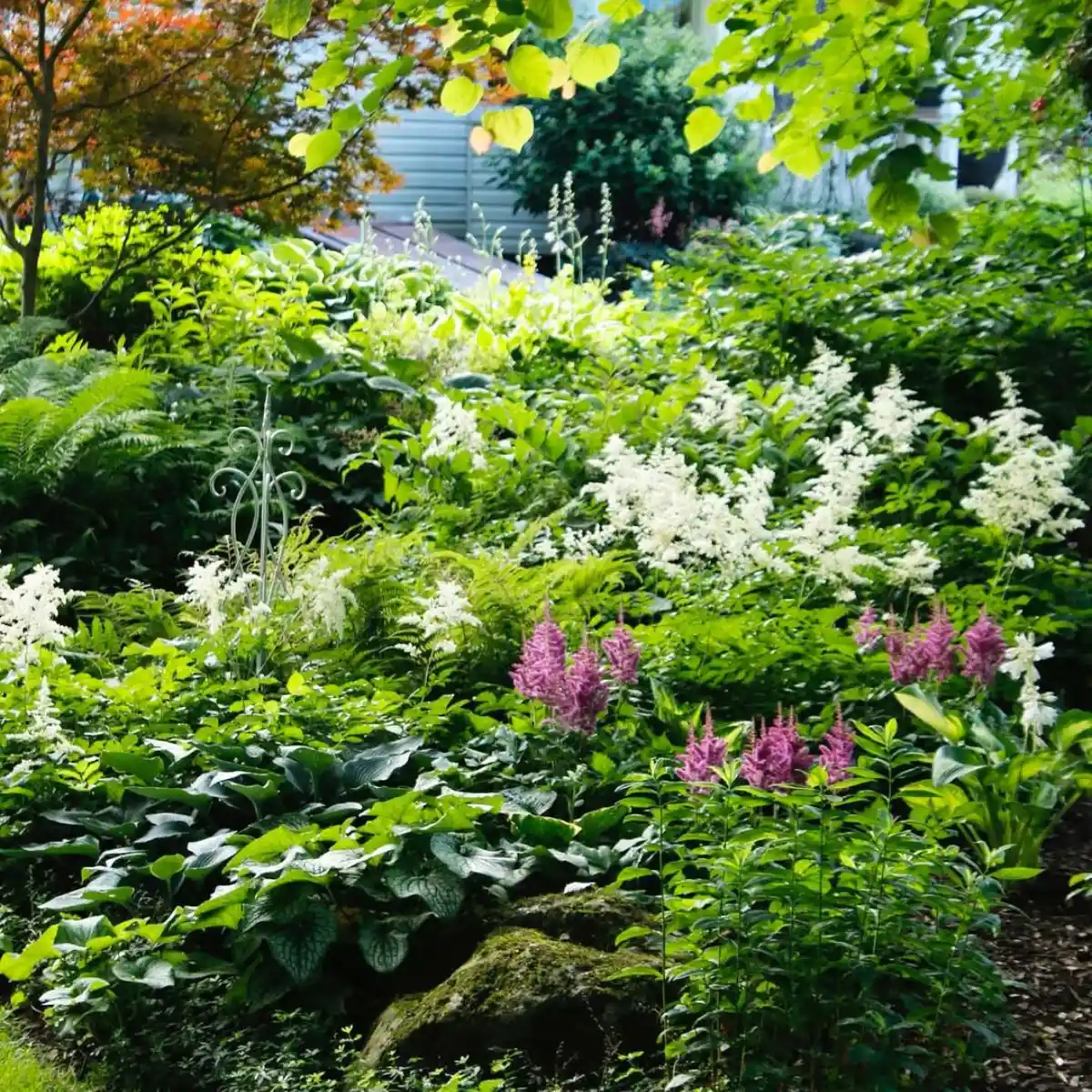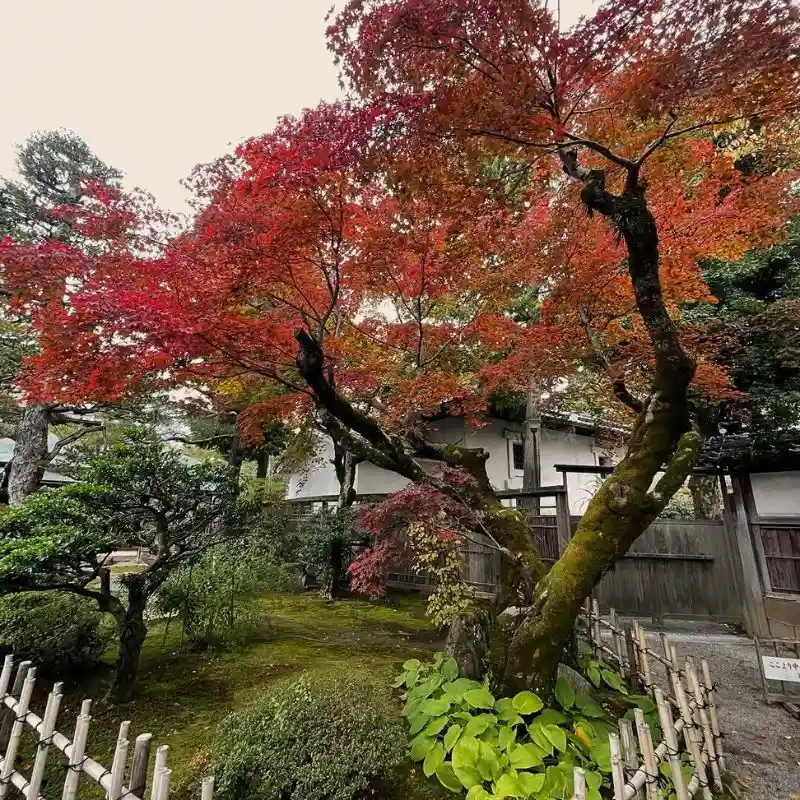The thistle flower, with its spiky leaves and vibrant purple flowers, is more than just a plant that thrives in rugged landscapes. It is Scotland's national flower—a deeply revered symbol of Scotland, representing bravery, pride, resilience, and enduring strength. Despite being a weed to some, the thorny thistle is a powerful emblem of national identity, telling stories rooted in folklore, history, and cultural heritage.
The thistle flower's meaning is multifaceted. It symbolizes pain and protection, pride and humility, beauty and roughness—a true reflection of the Scottish spirit. Each variety holds its place in legend, medicine, and symbolism, from the Scottish thistle to the cotton thistle, spear thistle, and blessed thistle.
Though intrinsically tied to Scotland, the thistle and its relatives, such as milk thistle, creeping thistle, and musk thistle, are found throughout Europe, the UK, and beyond. These species thrive in the countryside, coastal towns, and rugged highlands, often growing where few others dare to. The prickly thistle has indeed earned its status as a national emblem, representing centuries of history, resistance, and cultural pride.
History and Origins of the Thistle
The origins of the thistle as a national symbol are deeply entrenched in a well-known story dating back to the 13th century. According to legend, during the Battle of Largs in 1263, a Norse army journeyed under the cover of night to surprise the sleeping Scottish clansmen. As the invaders approached, one unfortunate Norse soldier stepped on a thistle plant, his pain-roused cry alerting the Scots. The warriors rose and repelled the attack, safeguarding their homeland.
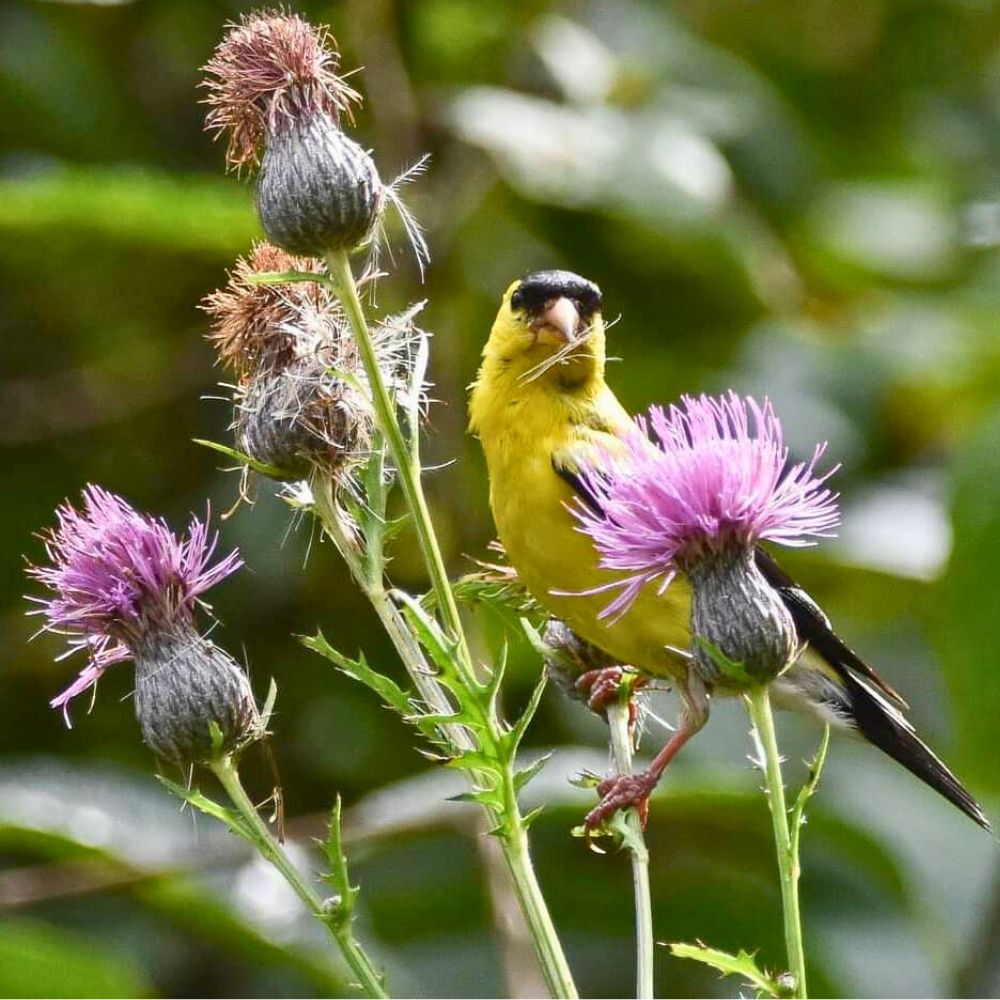
That fateful encounter transformed the thistle from a weed to a warrior’s ally, and eventually into Scotland’s national flower. This legend is a cornerstone of Scottish identity, emphasizing how pain can serve as protection and how even the smallest thing can change the course of history.
Fast-forward to 1687, when King James VII founded the Order of the Thistle, a noble order that honored Scotland’s elite and formalized the thistle as a royally crowned symbol. This prestigious chivalric order remains active today, reinforcing the flower’s standing not just as a plant, but as a national symbol of honor, duty, and defense.
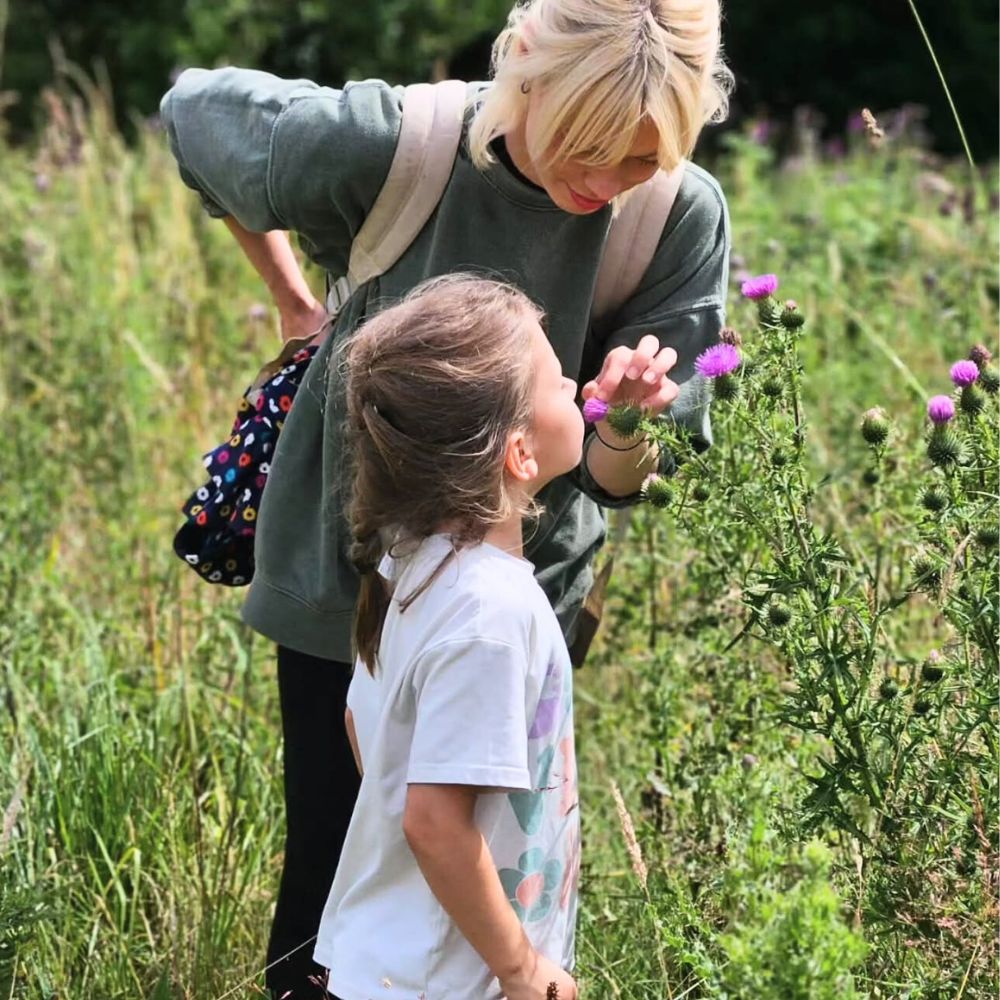
The thistle soon began to appear on coins, crests, and uniforms—especially those of the Scots Guards—further embedding itself in the visual language of the nation.
Scottish Thistle and Its Symbolism
The Scottish thistle, often the spear thistle or cotton thistle, is the heart of Scottish floral identity. Known for its tall stalk, prickly leaves, and bold purple flower head, it’s both striking and defensive. Much like the country it represents, the thistle stands strong in the harshest environments.
It’s no surprise, then, that the Scottish rugby and national football teams proudly wear the thistle on their kits. It represents unity, determination, and the will to protect what matters. The same goes for its appearance in civic emblems across the UK, including in Great Britain’s cultural and military institutions.
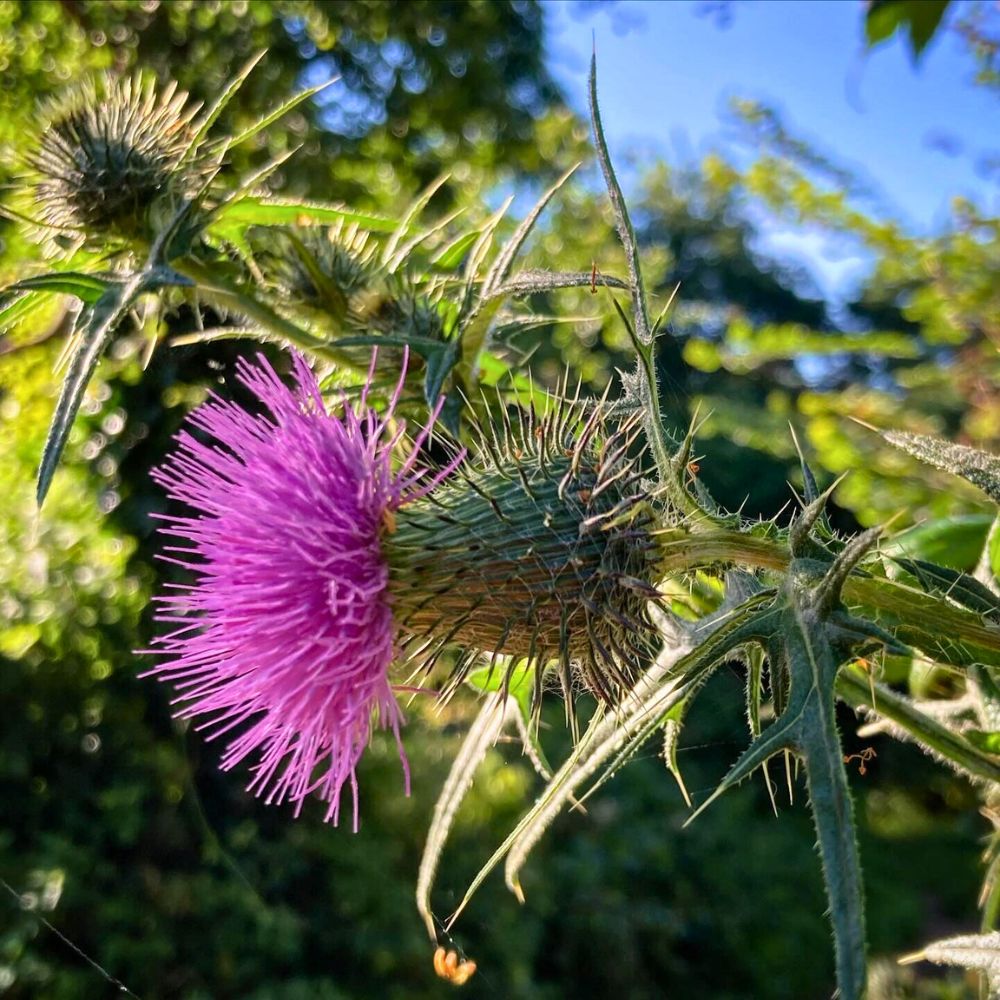
The Scottish thistle is also a symbol of spiritual fortitude. With deep roots and a tendency to grow in adverse conditions, the plant reminds many Scots of their ancestral perseverance. This tenacity is reflected in the Latin motto of the Order of the Thistle: “Nemo me impune lacessit”, meaning “No one attacks me with impunity.” A fitting phrase for a flower that pricks those who dare to mishandle it.
Cultural Significance of the Thistle
The thistle’s cultural significance has long featured in Scottish art, music, literature, and even architecture. From embroidered kilts to painted highland landscapes, the thistle is a proud motif of identity, resilience, and natural beauty.
In music, traditional Scottish ballads often reference the flower as a metaphor for hardship, pride, and love of homeland. Poets like Robert Burns have also celebrated the thistle’s symbolism, often linking it to themes of social justice and national dignity.
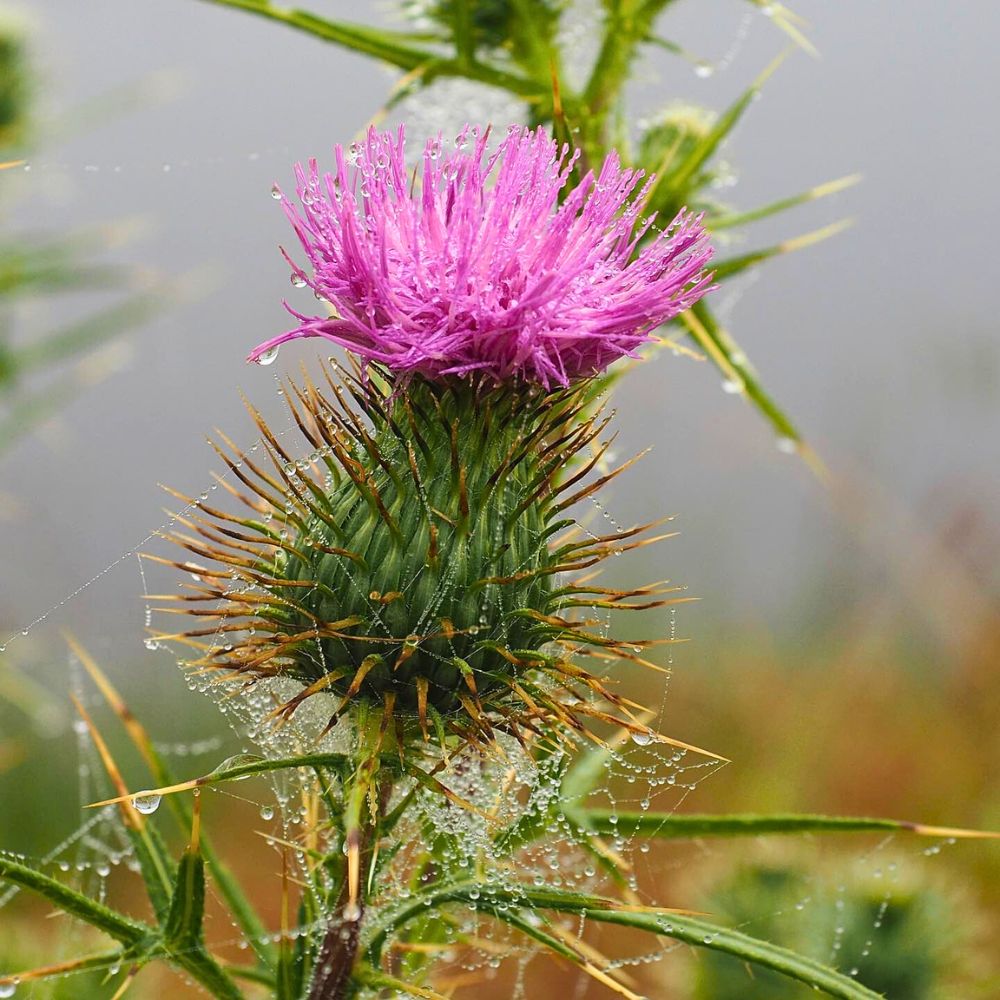
In the Scottish countryside, the thistle appears in folklore as a protector and guardian, standing sentinel over sacred grounds or hidden treasures. Its hardy nature and upright stature also tie it to themes of nobility and uprightness, making it a natural fit for ancient tales of courage and cunning.
Beyond Scotland, the thistle flower is admired in various parts of Europe, where species like milk thistle and blessed thistle have been used medicinally for centuries. Milk thistle, in particular, is celebrated for its liver-healing properties and is widely cultivated today.
Do you know, thisle is also considered a zodiac flower associated with Aries.

Even in France, Wales, and across the world, the thistle plant is seen not only as a weed but as a flower of strength and character. In coastal towns along the north-east coast of the UK, it continues to dot the landscape, a reminder of nature’s beauty cloaked in armor.
Thistle Varieties and Their Unique Traits
While the Scottish thistle holds a dominant cultural place, there are several species worth noting:
- Cotton Thistle (Onopordum acanthium): A tall, dramatic plant known for its silver leaves and rich purple flowers. Often associated with Scotland, it's also admired in ornamental gardening.
- Spear Thistle (Cirsium vulgare): The most commonly accepted representation of the national flower, with long spines and a symbolic tie to Scotland’s highlands.
- Milk Thistle (Silybum marianum): Renowned for its medicinal value, particularly in supporting liver health. Cultivated across Europe, it blends symbolism with healing power.
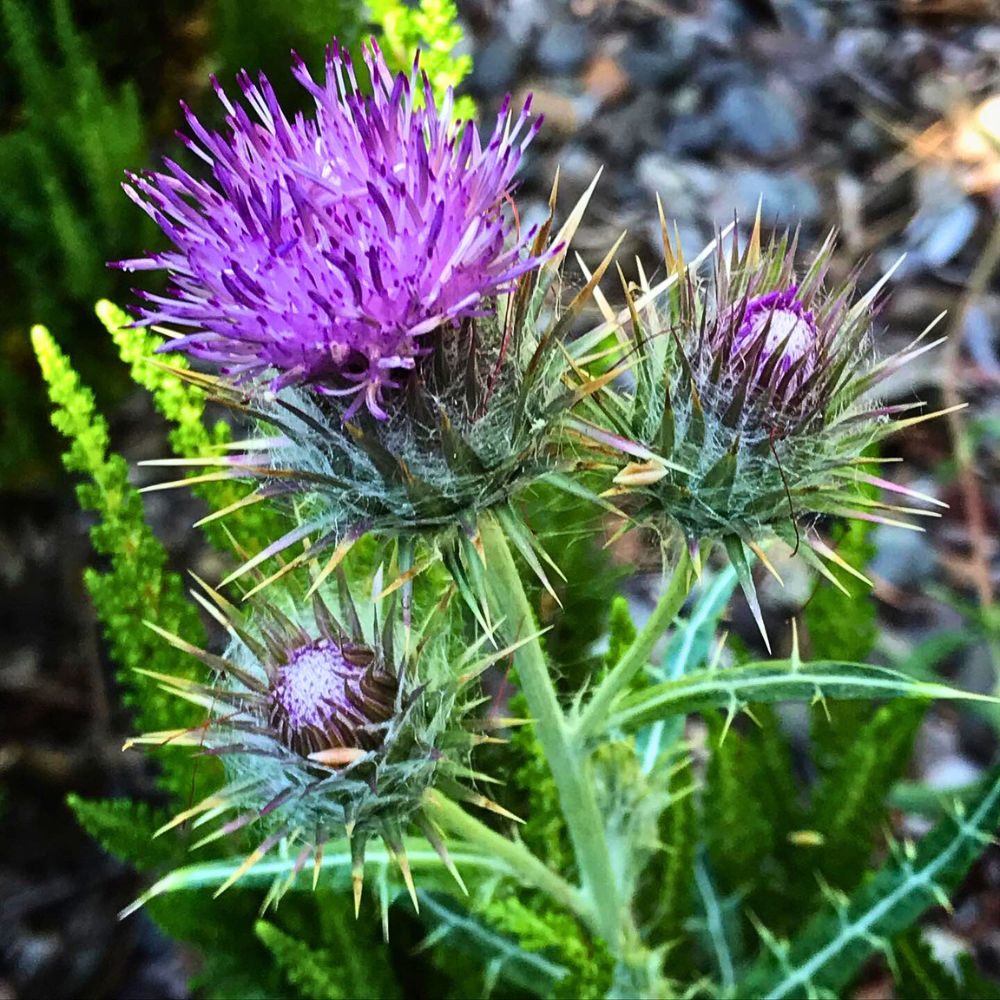
- Blessed Thistle (Cnicus benedictus): Once used in traditional medicine, symbolizing healing, protection, and purity.
- Musk Thistle (Carduus nutans): Known for its nodding flower heads and striking appearance, it has spread across Europe and North America.
- Melancholy Thistle (Cirsium heterophyllum): Rare and beautiful, this species carries emotional symbolism tied to sadness and endurance, truly reflective of its name.
These variations all carry unique meanings but share the overarching themes of resilience, protection, and unexpected beauty. They’re a reminder that the thistle, while prickly, is cultivated not just in soil, but in story.
The Thistle in Modern Scotland and Beyond
Today, the thistle remains one of the most recognizable national symbols in the UK, especially in Scotland. It graces everything from government seals to wedding invitations, garden ornaments to whisky labels. The flower stands not only for the past but also for the life and legacy of a people known for standing tall amidst adversity.
Organizations and sports teams proudly display the thorny thistle, while educational institutions and tourism campaigns leverage its image to evoke a sense of heritage and strength. The thistle royally crowned atop many Scottish crests is both a call to honor and a badge of identity.
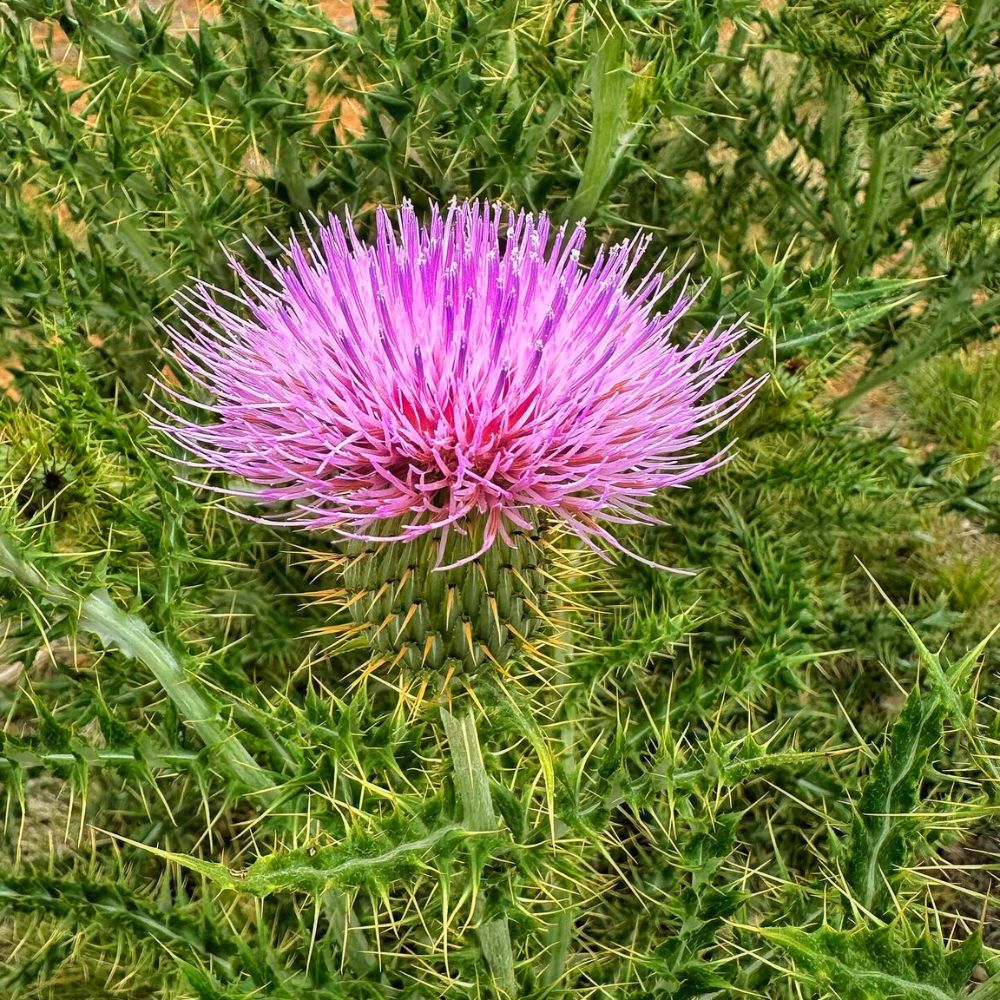
Whether blooming on a coastal town cliffside, sketched on a souvenir, or recounted in the legend of the Norse army, the thistle carries meaning across generations. Its image lives on through centuries of history, a tribute to the Scots who fought for their homeland with nothing but courage—and a little help from a flower.
Why the Thistle Plant Endures
The thistle flower's meaning is as complex and rich as the landscapes it adorns. It embodies contradiction—prickly but beautiful, humble yet noble, feared and revered. As Scotland’s national flower, it has become more than just a botanical symbol—it is a legend, a warning, a guardian, and a source of pride.
From the noble order created by James VII to the folklore of the sleeping Scottish clansmen, the thistle has evolved into a timeless emblem that connects Scots, wherever they are in the world, to their roots.
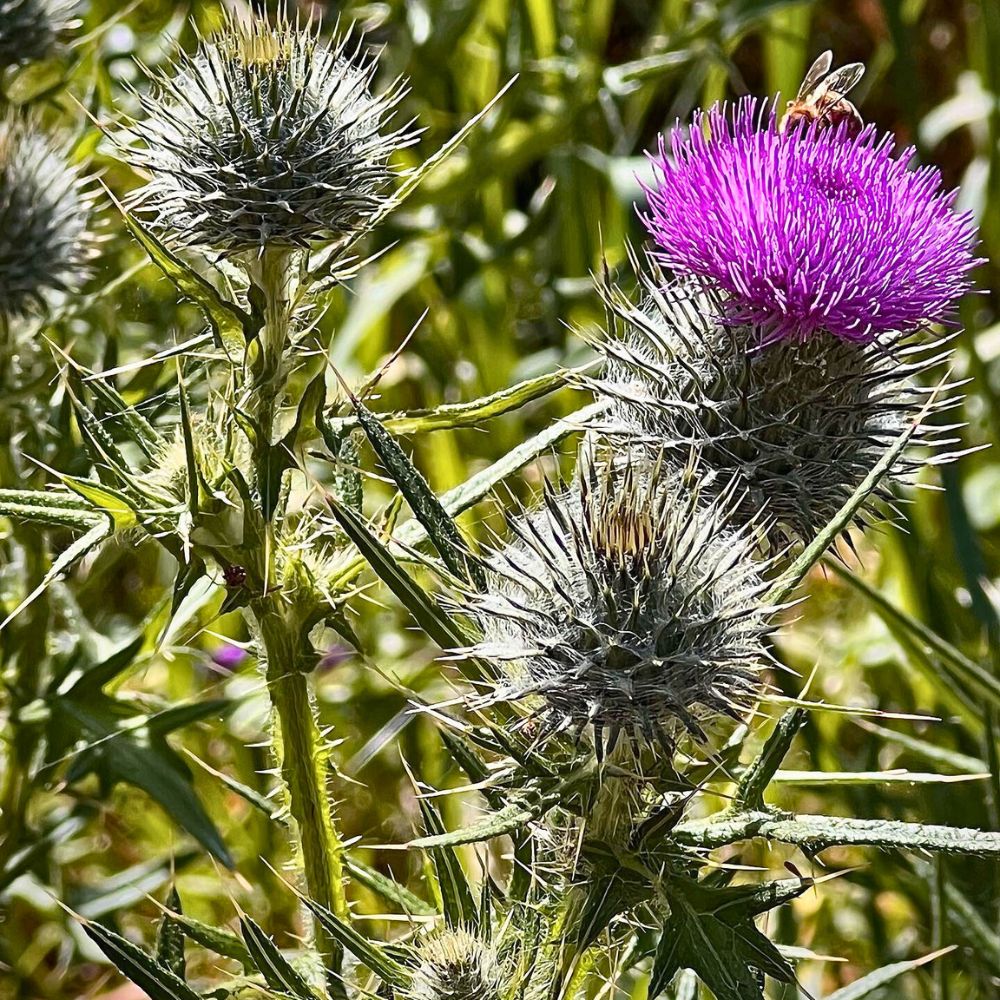
So next time you spot a creeping thistle in the countryside, remember the well-known story, the pain roused by a single misstep, and the resilience it sparked. For in the heart of this humble plant lies the spirit of a country that refuses to be conquered.
Header image by @Greenlife916, feature image by @Enchated Forage.

